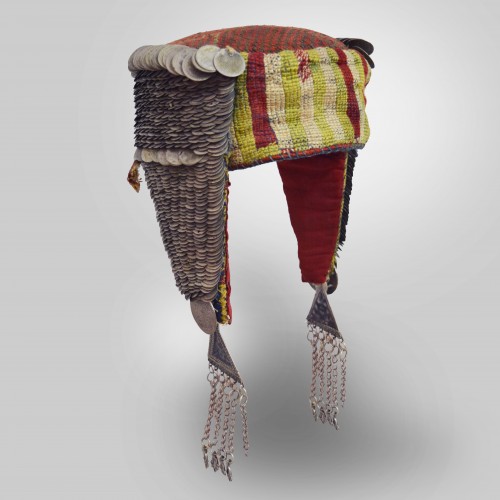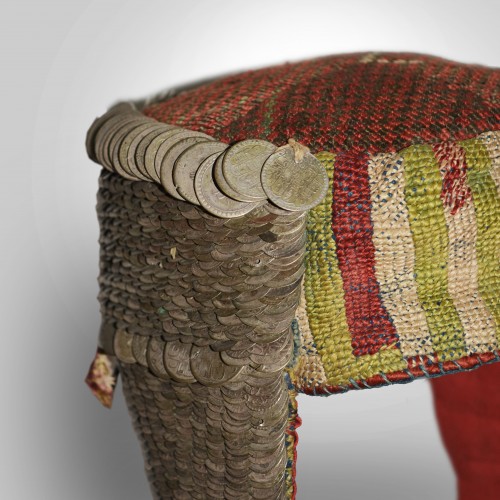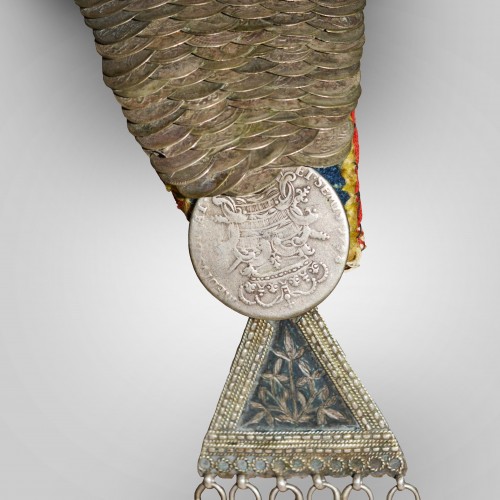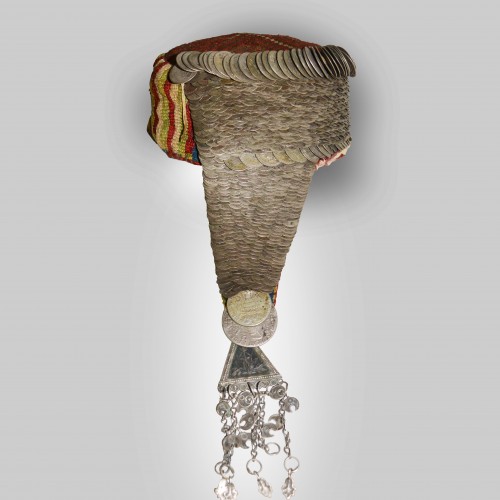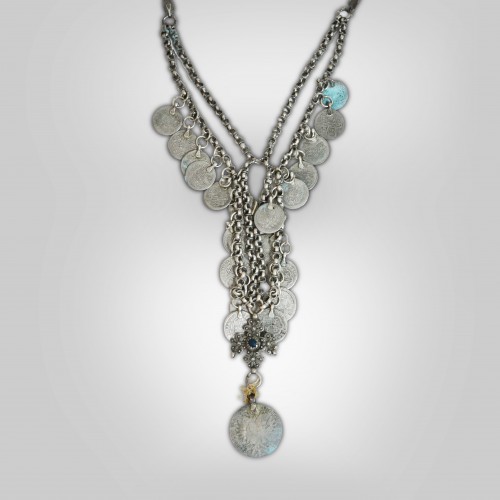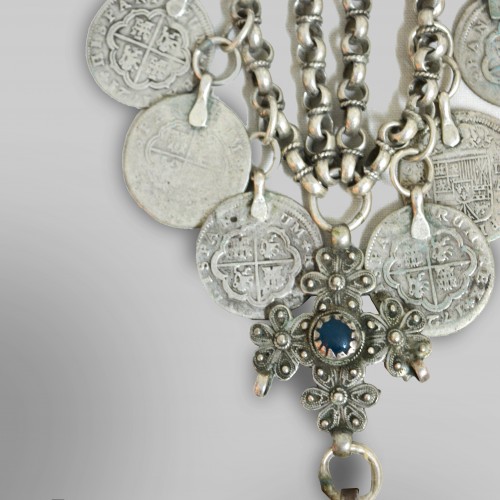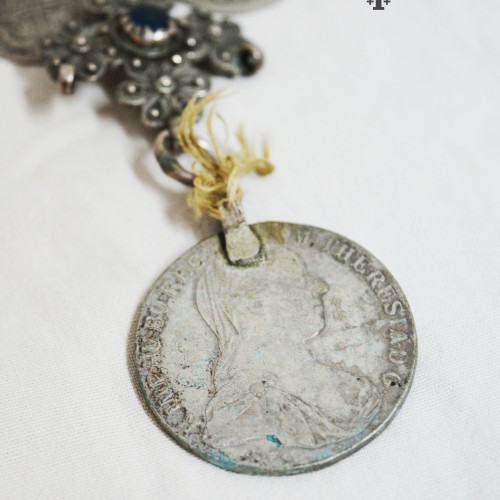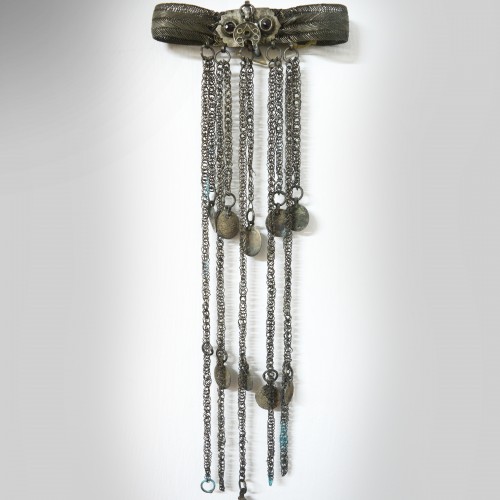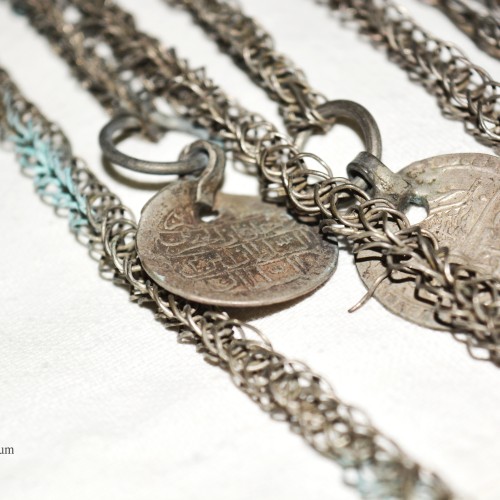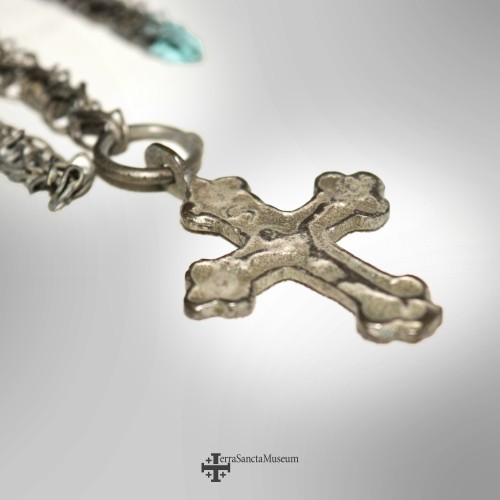Palestinian art and craft collection: a reconstruction of a cultural heritage
The Terra Sancta Museum is a project in progress; studies and research on the collections of the Custody of the Holy Land are still underway. For several years now, this careful research activity has involved museum professionals from all over the world. According to their knowledge and skills, each of them has contributed to the enhancement of this heritage. Several times in presenting the various collections, it has been highlighted how they result from a deep bond between the faithful from all over the world and the Holy Land, thus representing a testimony to the history of the Universal Church. However, some collections tell another story, that of the Local Church, written by the communities that have populated this very land and their link with the Custody of the Holy Land. The collections of Palestinian art and crafts of the Terra Sancta Museum are an example of this. There will be rooms dedicated to Palestinian handicrafts in the future historical section, displaying liturgical objects, masterpieces in mother-of-pearl, donated by the local community, and carefully preserved by the friars of the Custody. Thanks to recent studies carried out by George Al’Ama, collector and expert in Palestinian art, such objects will also be added to Palestinian jewelry and clothing. It is a work of enhancement, a reconstruction of the history of lost and almost forgotten customs and habits, resulting from an intimate relationship between George Al’Ama and the Custody of the Holy Land.
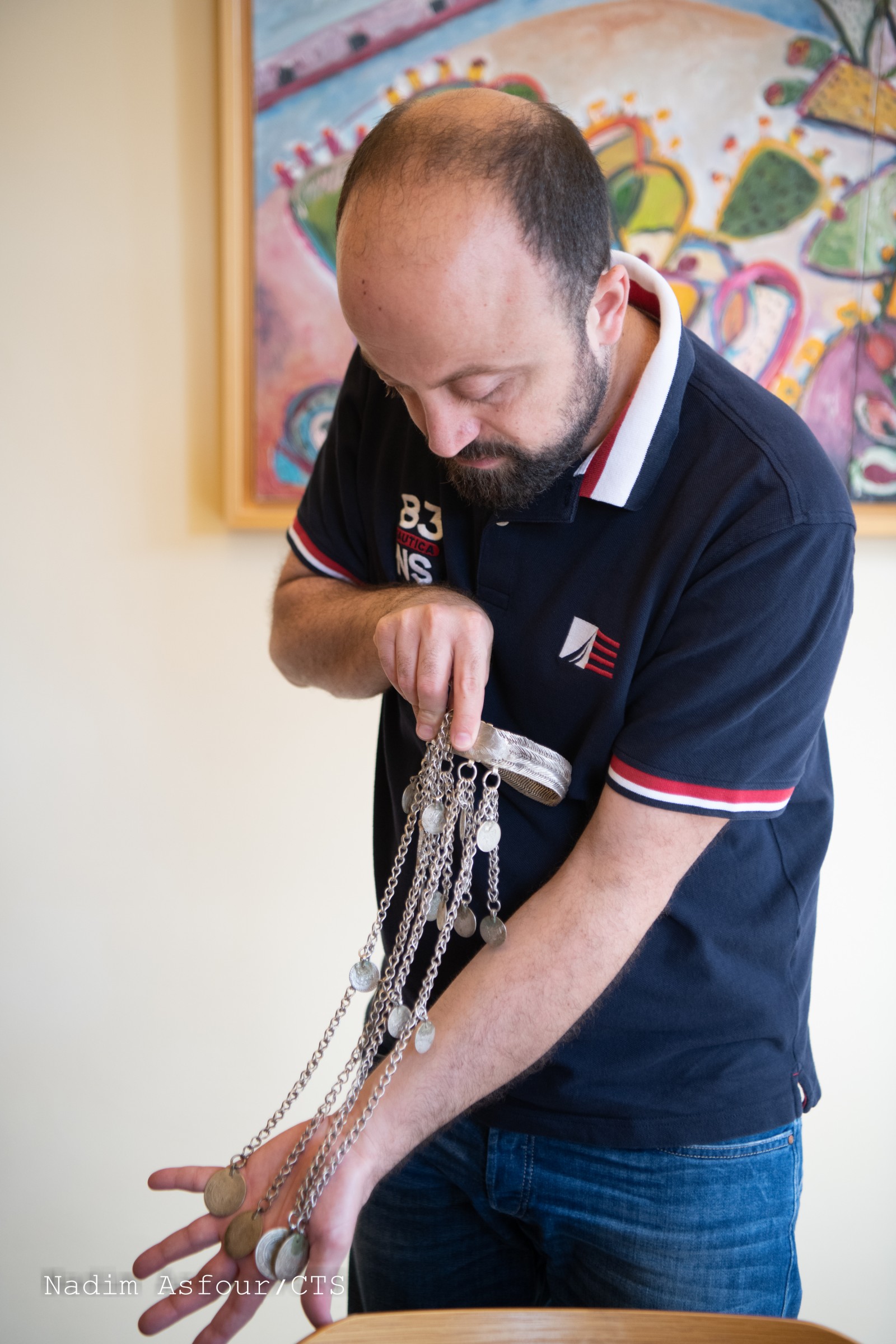
Find out more about the story of George Al’Ama and the Custody of the Holy Land
These are incredible objects, expressions of local culture, and history. The excellent state of preservation and the number of pieces, both precious and rare, make this collection one of the most prestigious of its kind in the world.
The collection consists mostly of jewelry, ornaments, and headdresses used by women all over Palestine during weddings or main festivities. Bethlehem was the main craft and manufacturing center, but the objects were then sold and used in Ramallah, Hebron and Jaffa. However, each community retained some of its characteristics, in the clothing and the ornaments’ personalization.

The use of coins
The recurring element in all these ornaments and headdresses is the use of coins. In the Islamic world, especially during Ottoman domination, it became common to apply coins to jewelry and sew them on headdresses. In the 19th and 20th centuries, the most precious coins were often used as precious gems, mounted and embedded necklaces, and bracelets.
The reasons for using coins on jewelry ranged from giving a sense of security to flaunting. Before marriage, the man showed his generosity and love by making gifts. The coins were the most common objects one could find in the villages, and people often used them for these purposes.
These ornaments often required a significant number of coins and the most various dimensions. It is interesting to notice that these objects are constituted by Ottoman coins, the most frequent, and from European and Arab countries, brought in these lands by pilgrims, travelers, and traders. For this reason, we often find the face of Maria Theresa, the Habsburg Empress, or the Bourbon shield of Philip V of Spain.
Among these objects, Terra Sancta Museum will exhibit three pieces in its historical section: a Wuqayat Al-Darahim (a headdress worn by the women of Hebron), a Bughmeh (a type of silver choker) and a characteristic Iznaq (a chain that passed from ear to ear surrounding the woman’s chin and face).
Wuqayat Al-Darahim
Headdress for the women of Hebron. The inhabitants of Hebron between the 19th and 20th centuries were almost entirely Muslim. This type of headgear, in particular, was only used by the Muslim community. However, almost certainly, it is known that Christian women in Bethlehem made this type of headdress.
It is a precious piece (each headdress can be made of 4 or 5 kg of silver) and very rare. Together with this, there was probably a maximum of 30 pieces in the villages surrounding Hebron. Nowadays, we know of the survival of only 12 pieces, of which three examples belong to the Custody. The British Museum, Quai Branly Museum, Israel Museum, American Museum of Natural History, and other private collections today keep headdresses like these.
Iznaq
The iznaq is a silver chain that could be enriched with coins and precious stones. The iznaq was usually worn with the Shatweh (headdress very common in Bethlehem) to keep it on the head. The chain passed from ear to ear surrounding the chin and perfectly framing the woman’s face.
Bughmeh
The bughmeh is a silver choker. Today, it would be interpreted as a humiliating object for the woman; nevertheless, it was commonly used in the past. Like the other types of jewels, the bughmeh was for ornamental purposes; they showed the richness of women not only for their sumptuousness but also for the sound that the coins produced.
It is interesting to note the personalization of these jewels. Especially in the Bethlehem area, there was a kind of religious harmony demonstrated by the fact that Christian women and Muslim women wore the same clothing style but applied crosses or crescents depending on their faith.

